A spray gun is a device that uses liquid or compressed air to quickly release power. There are two types of spray guns: ordinary pressure and pressurized. Spray guns also include pressure spray guns, Kallo spray guns, and automatic recovery spray guns.
The application of spray guns in the industry can be directly used for coating, that is, simple spray guns can be installed in automatic equipment, such as automatic glue spraying machines, automatic glue coating machines, automatic paint spraying machines, coating machines and other spraying equipment.
(1) Introduction
A spray gun includes a gun body and a gun head, the gun body and the gun head are connected through a connecting mechanism; the gun head includes a nozzle, and a plurality of metal round steels are welded inside the nozzle; the connecting mechanism includes a flange and a chain pin, The nozzle is manufactured in a flat shape; it is relatively easy to replace and the cost is low, and it can effectively prevent the tip of the gun from falling off and abrasion.
(2) Classification of spray gun
There are two types of spray guns: ordinary pressure and pressurized.
Spray guns are mainly A, B, C, D, E, F, G
Type A, Type B, and Type C are mainly suitable for nozzles with outer diameters of Φ18, Φ20, Φ21, and Φ22.5; Type D spray guns are suitable for nozzles with external diameters such as Φ15, Φ16, Φ12.5; E and F types are applicable For horn-type nozzles; G type is suitable for nozzles with outer diameters such as Φ15, Φ16, Φ18, Φ20.
Spray guns also include pressure spray guns, Kallo spray guns, and automatic recovery spray guns.
(3) Paint spray gun
When the compressed air generated by the air compressor is ejected through the air cap at the front of the spray gun, a low-pressure area lower than atmospheric pressure is generated at the front of the paint nozzle connected to it. The automatic selection of spray guns is included. The pressure difference generated at the spray gun mouth sucks paint from the paint storage tank, and under the action of high-speed spraying force of compressed air, it is atomized into fine particles and sprayed on the surface of the coated object.
(4) Operation of spray gun
During the spraying operation, improper spray gun operation will affect the spraying effect of the product. Good spraying results are as follows: 1. The coating is evenly distributed 2. The coating must not be too thick or too thin.
Some points to note when spraying:
The distance between the nozzle outlet and the object to be coated is called the gun distance. The smaller the gun distance, the greater the spray pressure, and the greater the impact of the air pressure on the product, and the coating will be uneven, resulting in the problem of excessive thickness. The larger the gun distance, the smaller the spray pressure, and the paint is easy to lose, so that the part to be coated is sprayed too little, and the coating cannot reach the specified thickness. The spraying fan surface is perpendicular to the object surface. When manually operating the spray gun, the spray width should not be too large, otherwise the problem of average coating will occur. The purpose of the spray gun running should always be parallel to the surface of the object to be coated, perpendicular to the spray fan surface, unstable running rate, uneven coating thickness, too fast running rate, too thin coating, too slow running rate, and too thick coating. All in all, when using spray equipment, the intensity must be moderate, and the distance must be appropriate, so that the desired coating effect can be obtained. After construction, some finishing things need to be improved, and the paint and help equipment must be cleaned up. It is necessary to pay attention to the remaining paint after use to block and retain.
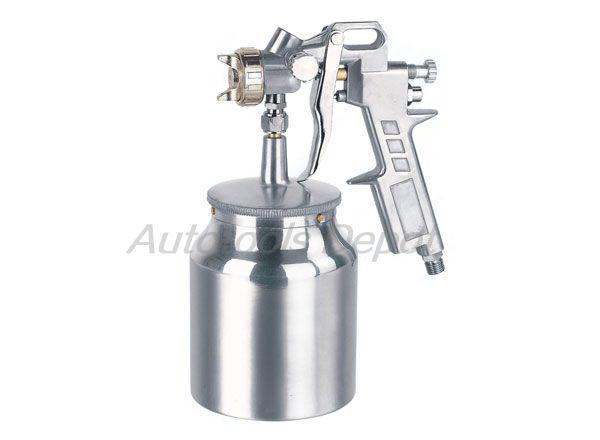
The essentials of spray gun operation include: spray gun movement speed, trigger control, gun distance, and gun holding position, etc., as explained below:
First, spray gun moving speed.
During the spraying operation, the speed of the spray gun has a great influence on the coating effect.
1. If the manual spray gun moves too fast, the surface of the object to be coated is thin, and looks thin, poor, and rough;
2. If the manual spray gun moves slowly, the coating on the surface of the coated object must be very late, and it is easy to cause sagging.
3. The most ideal spray gun moving speed is that the coating on the surface of the coated object is full, uniform and wet after spraying. This requires operators with some spraying experience to control.
Second, the control of the trigger.
The spray gun is controlled by a trigger. The deeper the trigger is pulled, the greater the fluid flow rate. In the process of traditional spray guns, the trigger of the electrostatic spraying equipment is always locked, not half-buckled. In order to avoid the accumulation of paint sprayed out at the end of each gun, experienced painters should slightly relax the trigger to reduce the amount of paint supplied.
Third, the orientation of the spray gun to the surface of the substrate.
The spray gun should be vertical to the surface of the substrate, or as vertical as possible. If the spray gun is slightly skewed, the result will surely cause the spray band to flow to one side, while the other side will appear thin and lack paint, which is likely to cause a striped coating.
Fourth, the distance from the spray gun to the surface of the substrate.
For siphon spray gun, the best working interval is 15 ~ 500px. If the interval is too close, flow may occur, and the color may not match the expected when spraying metallic glitter paint or pearl paint. If the interval is too far. If it exceeds 500px, it may cause dry spray or overspray, which will deteriorate the leveling property of the coating. If the metallic glitter paint is sprayed, there may be a possibility of color change. The pressure-feed spray gun can be further away from the substrate. Generally the best interval is 20 to 750px. These are the principles that must be followed when spraying.
Fifth, holding a gun.
The spray gun is held by the palm, thumb, little finger, and ring finger. The middle and index fingers pull the trigger. Some painters change the way of holding the gun from time to time, sometimes using only the thumb and palm with the little finger, and sometimes with the ring finger to hold the gun. The middle and index fingers are used to pull the trigger. Electrostatic spray equipment can reduce fatigue and improve work efficiency.
As a wholesaler of spray guns, I hope to help you understand it and use it well.
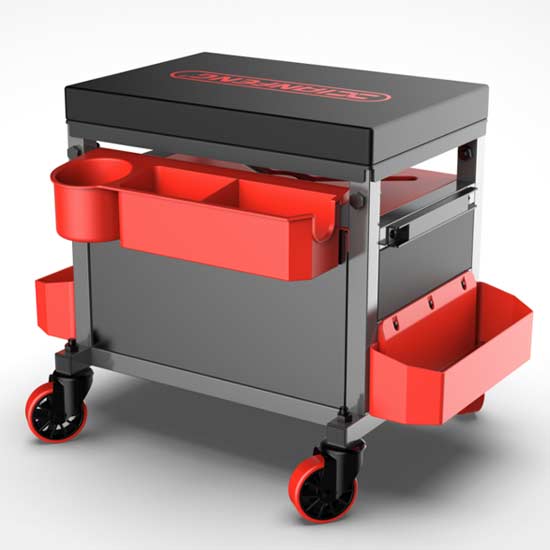 Tool seat
Tool seat
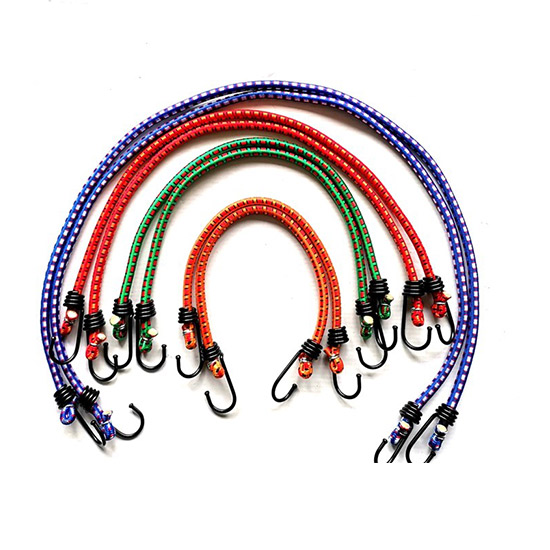 Stretch Cord
Stretch Cord
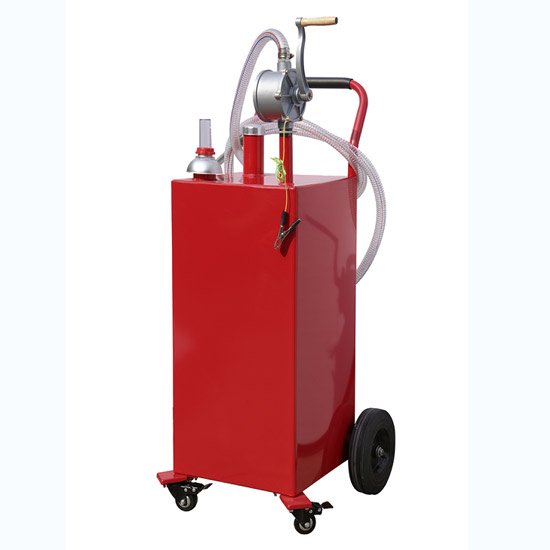 Oil Pump
Oil Pump
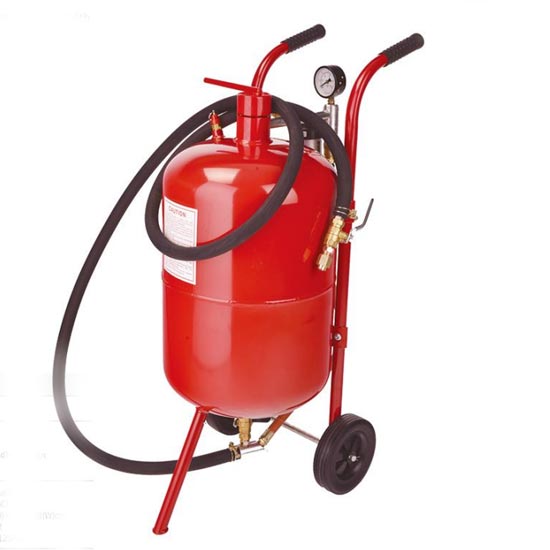 Sandblast Pot
Sandblast Pot
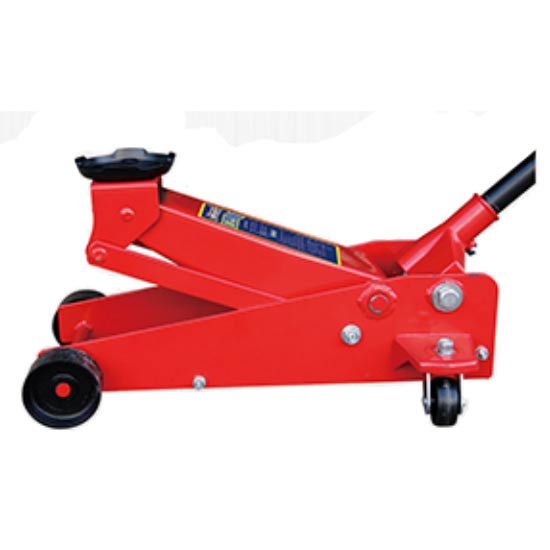 2.25 Ton Hydraulic Floor Jack
2.25 Ton Hydraulic Floor Jack
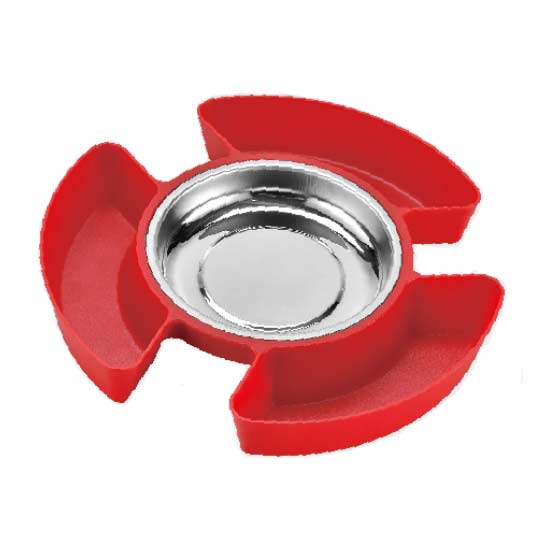 Magnetic Tray With Tool Plate
Magnetic Tray With Tool Plate
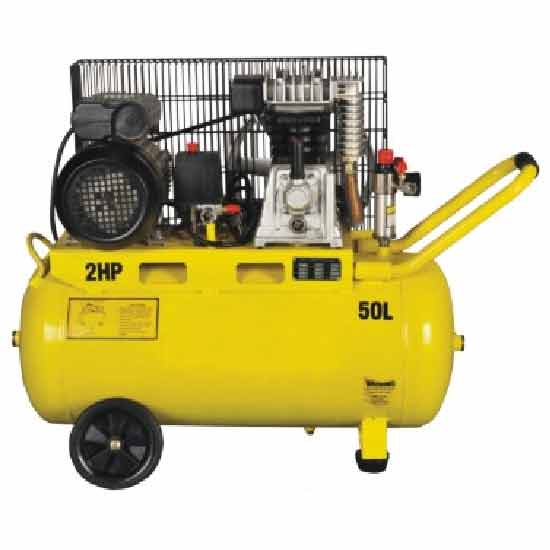 Single-stage Air-cool Movable Air Compressor
Single-stage Air-cool Movable Air Compressor
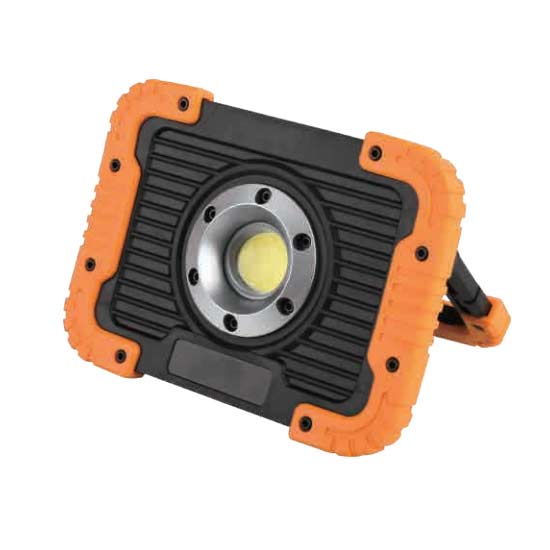 10W Rechargeable Led Flood Light
10W Rechargeable Led Flood Light
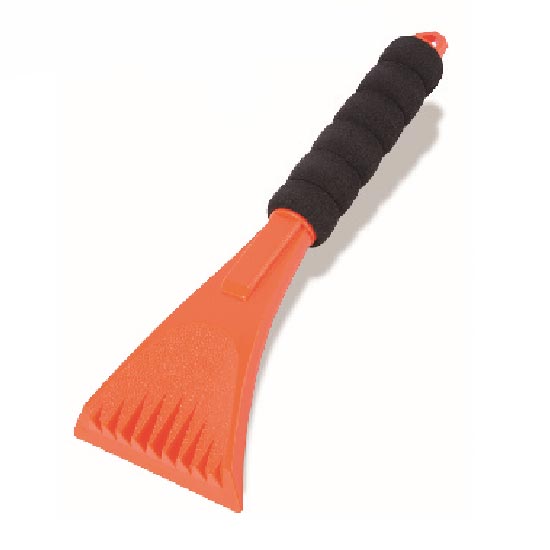 Ice Scraper
Ice Scraper
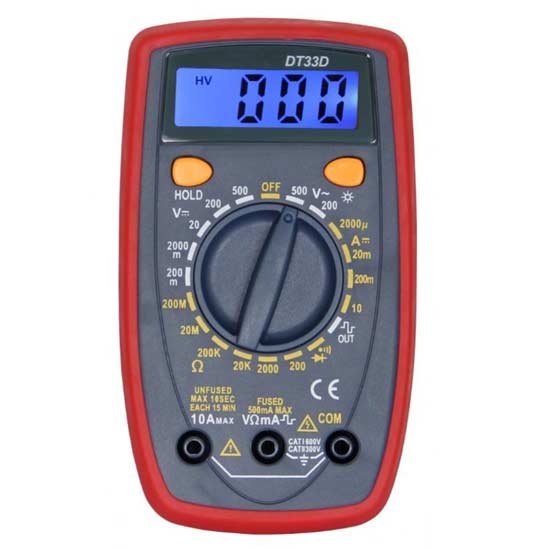 Small Multimeter with Backlight
Small Multimeter with Backlight
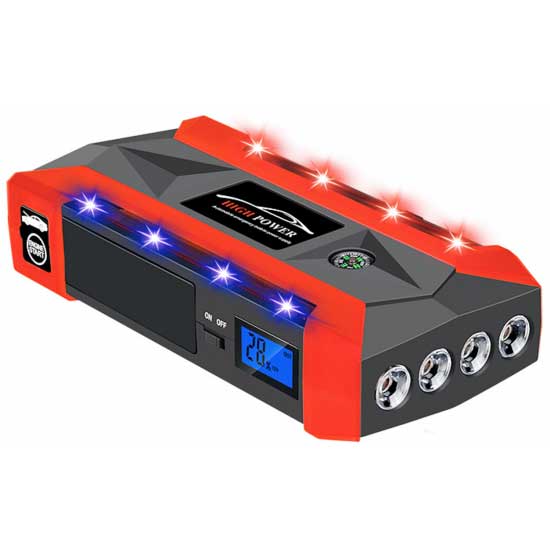 Jump Starter With 4 Led Lights
Jump Starter With 4 Led Lights
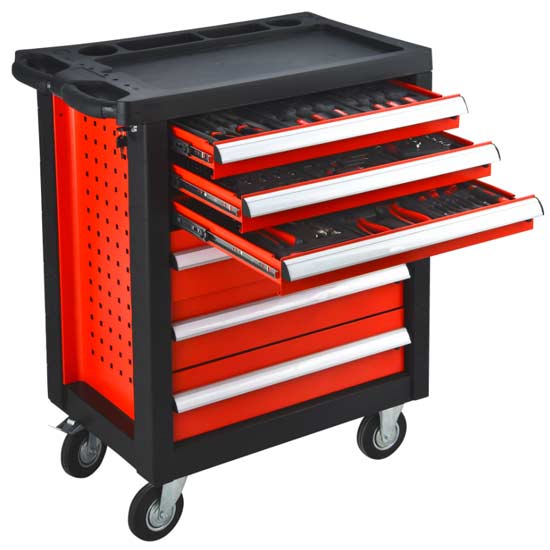 Steel Tool Cabinet
Steel Tool Cabinet
 Large Tool Cabinet
Large Tool Cabinet
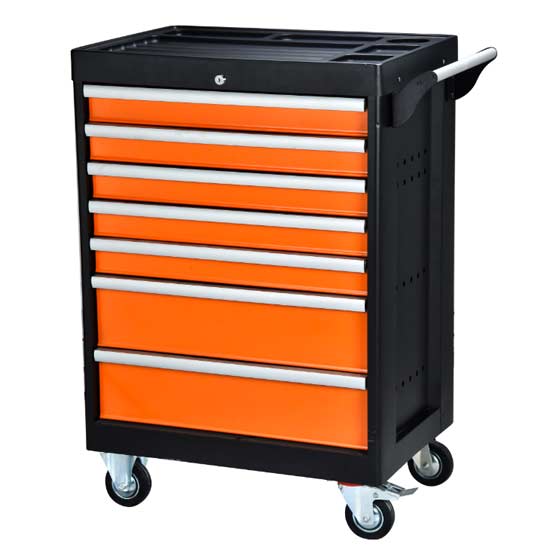 Tool Storage Cabinet
Tool Storage Cabinet
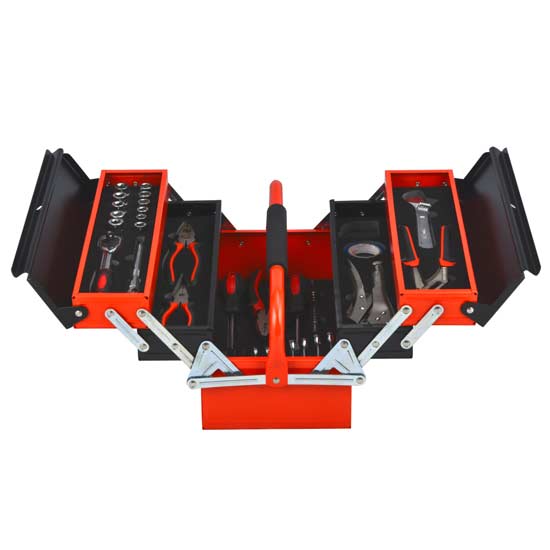 Metal Tool Box
Metal Tool Box
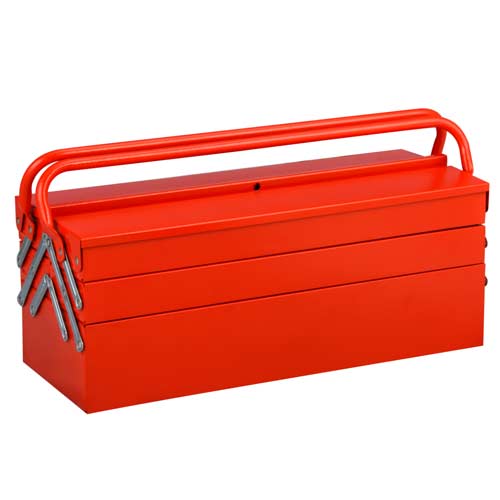 Large Metal Tool Storage Box
Large Metal Tool Storage Box
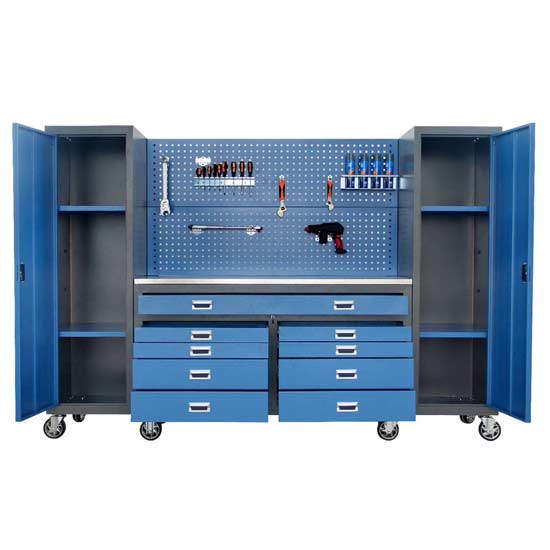 Blue Metal Tool Cabinet
Blue Metal Tool Cabinet
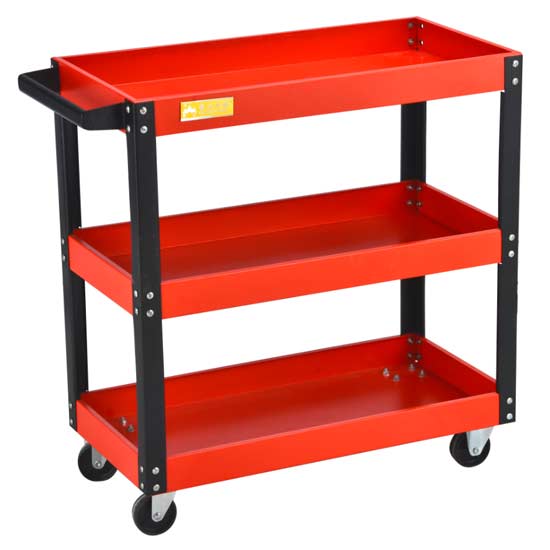 Red Steel Tool Trolley
Red Steel Tool Trolley
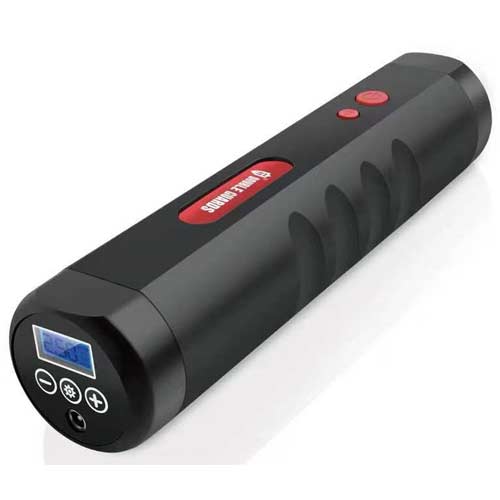 Portable Tire Inflator
Portable Tire Inflator
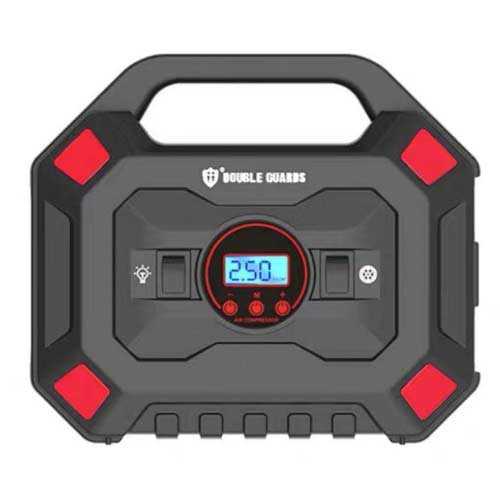 Custom Tire Inflator
Custom Tire Inflator
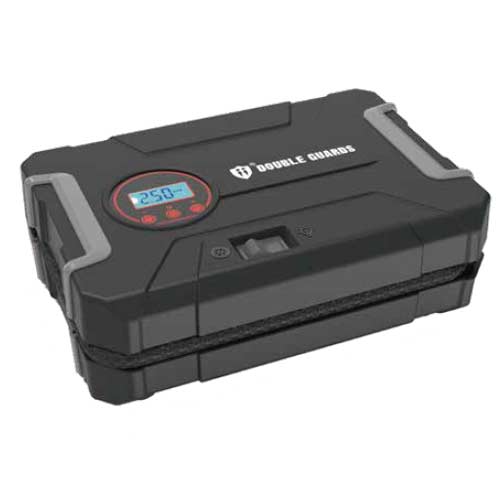 Tire Pressure Pump
Tire Pressure Pump
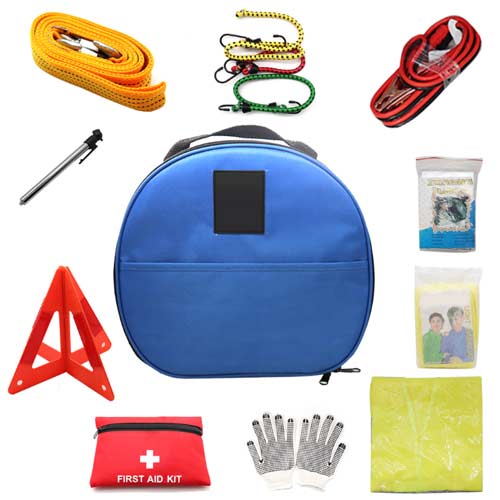 Auto Emergency kit
Auto Emergency kit